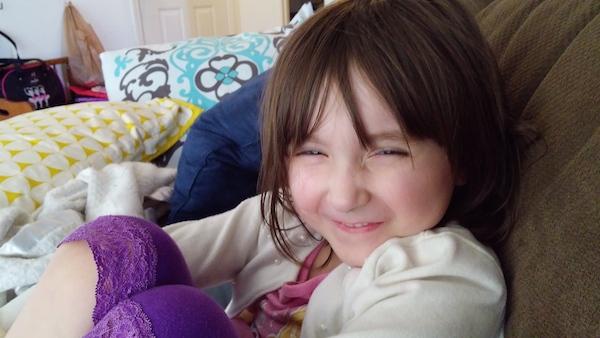
Just like the rest of you, when a new phone is announced, whether it's a new low-end device or the latest high-end handset, I soak in all of the details I can. The processor, the onboard storage, software version, and all of the noteworthy features. It's all important when we're dealing with the total package, and any piece of the puzzle can slip away and ruin the whole thing if it's not something that gets you excited.
In the end though, when it's all said and done, it's the camera that has me the most interested at the end of the day. Even if I don't consider myself a photographer, the camera has become the most important feature for me when it comes to the phone I use every day. It's made some phones a possibility that I never thought I'd use on any given day, while it's also been the reason why I've stopped using a phone altogether. A good camera, or even a great camera, can make me overlook a lot of different things. But I won't overlook a bad one.
As I noted earlier today, the camera wasn't necessarily one of the best selling points for LG's G Flex. Sure, they talked up the 13MP shooter, but that's mostly because they had to. It does share some commonality with the G2's camera, but it lacks certain features, like optical image stabilization for one. That could be a deal breaker for some, or maybe even most.
I noted the lack of some of the features found in the G2, but I wanted to give the G Flex's camera a real shot (no pun intended) at impressing me on its own merits. Just like I do with any camera in any smartphone, I have to test it out in my own day-to-day situations. How fast does it snap the image I'm trying to capture? How quickly does it process an HDR shot? How's the interface? Does the camera sensor's placement make it difficult to take a quick photo, for fear that a stray finger might wander into the frame?
So, I put the G Flex through some quick, realistic tests.
To be precise, I used the phone just as I would my normal daily driver. That is the challenge, after all. When I wanted to take a photo, be it of some scenery or my daughters, the G Flex was the go-to device to get the job done. So, how did it stand up against the competition? How did it fare on its specific challenge?
Well enough.

LG G Flex HDR photo.

iPhone 5s HDR photo.
First and foremost, the interface for the camera isn't terrible. Using the device in landscape mode actually puts options like 'Mode' and 'Flash' right at your fingertips on the left-side of the screen. So instead of having to reach across the display to reach something at the top of the large display, LG wisely chose to put the options at the other end of the display, for easy interaction. And, just like the rest of the phone, all of the options pop up quickly and are quick to respond, just in case you really, really need to change that image to a black and white shot right on the spot.
Images I took indoors, with a regular amount of lighting (both natural and artificial) weren't spectacular by any means, but they weren't terrible, either. In many instances, though, I did notice that the quality was more grainy than I would like, especially when the subject of a picture was close to the camera. Snapping photos in low-light situations, or in areas with quite a bit of light for that matter, didn't reproduce images that I was all that impressed with. Basically, like many cameras out there, the best way to get the best photos is with the most optimal lighting.
The G Flex's camera isn't the best on the market, but it's also not the worst. Honestly, one of the best parts is the placement of the sensor on the back of the device. It's not right at the top, or near one of the top edges, and it's not right smack dab in the middle. It's out of the way enough that grabbing the phone and taking a quick photo never meant my finger found its way into the shot, like it can with other cameras. I could hold the G Flex comfortably enough, without worrying about where the sensor was, except for the best position in any particular shot.
The G Flex's camera isn't meant for the hardcore photographer, but it's probably not the best bet for someone who does a lot of night activities, either. But for someone who takes their shots in the daytime, with plenty of lighting, and just snaps photos casually, it could be the right option. As long as you like the rest of the package, that is.